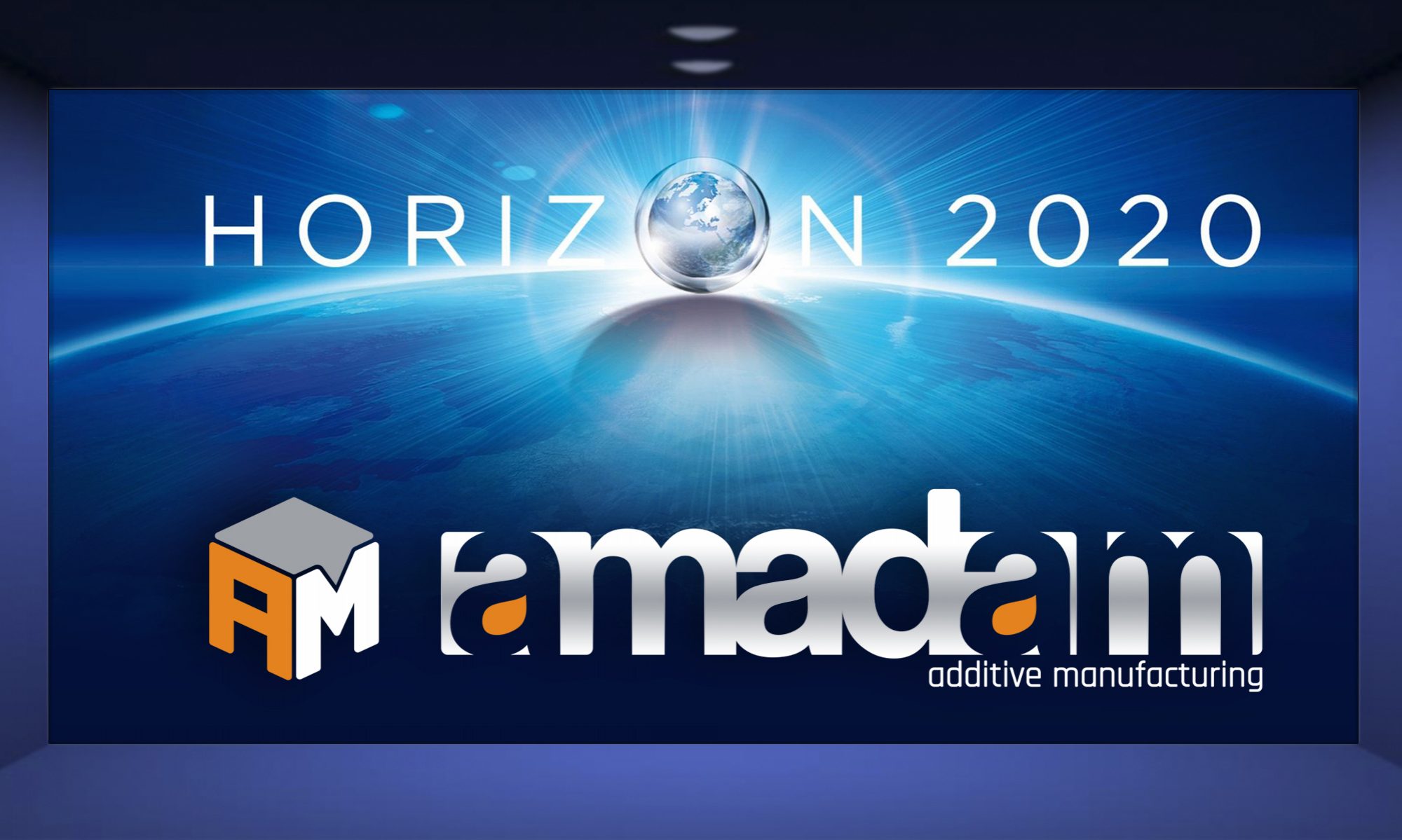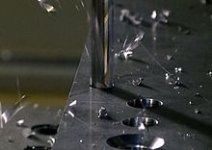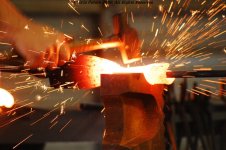Subtractive manufacturing technologies
Subtractive manufacturing is process of creation of an object by removing material away from a solid workpiece. The common subtractive manufacturing technologies are boring, drilling, milling, etc.
|
Subtractive manufacturing technologies – drilling |
Prehistoric weapon cut from stone |
All subtractive manufacturing technologies require machining tools for removal of material. The machining tools were for centuries operated by qualified workers, but during the recent decades appeared computer-controlled machining tools.
The subtractive manufacturing technologies were the first technologies developed by man. The findings of stone tools for cutting of leather, meet and stone are plentiful, and the subtractive technologies may be the key knowledge that raised the mankind from the animal kingdom.
The key advantages of subtractive manufacturing technologies are:
- variety of materials that may be processed
- large dimensions of the products that may be produced
- wide availability of tools, machines and knowledge of the technologies.
The key disadvantages of subtractive manufacturing technologies are:
- large waste
- large energy consumption
- limitations of shape of the products
Forming manufacturing technologies
Forming manufacturing is process of creation of an object by changing the shape of a workpiece or a raw material. The common forming manufacturing technologies are forging, extrusion, rolling etc.
|
Forming manufacturing technologies – forging |
Forming manufacturing technologies – ancient casting tools |
During forming processes no material is removed, i.e. they are deformed and displaced using the appropriate tools, which are specific for each manufactured product. Casting and moulding are usually classified as separate manufacturing technologies because they use liquid material that is shaped using a dedicated tool, but due to the fact that the final product is obtained by shaping the initial material without removal, they may be considered also as forming technologies.
Forming technologies facilitated large-scale production that moved mankind from prehistory, and remained driving force that enabled great projects of humanity through history.
The key advantages of forming manufacturing technologies are:
- speed of manufacturing process
- efficient use of the material
The key disadvantages of forming manufacturing technologies are:
- necessity of customized tools for each product
- limitations of shape of the products




